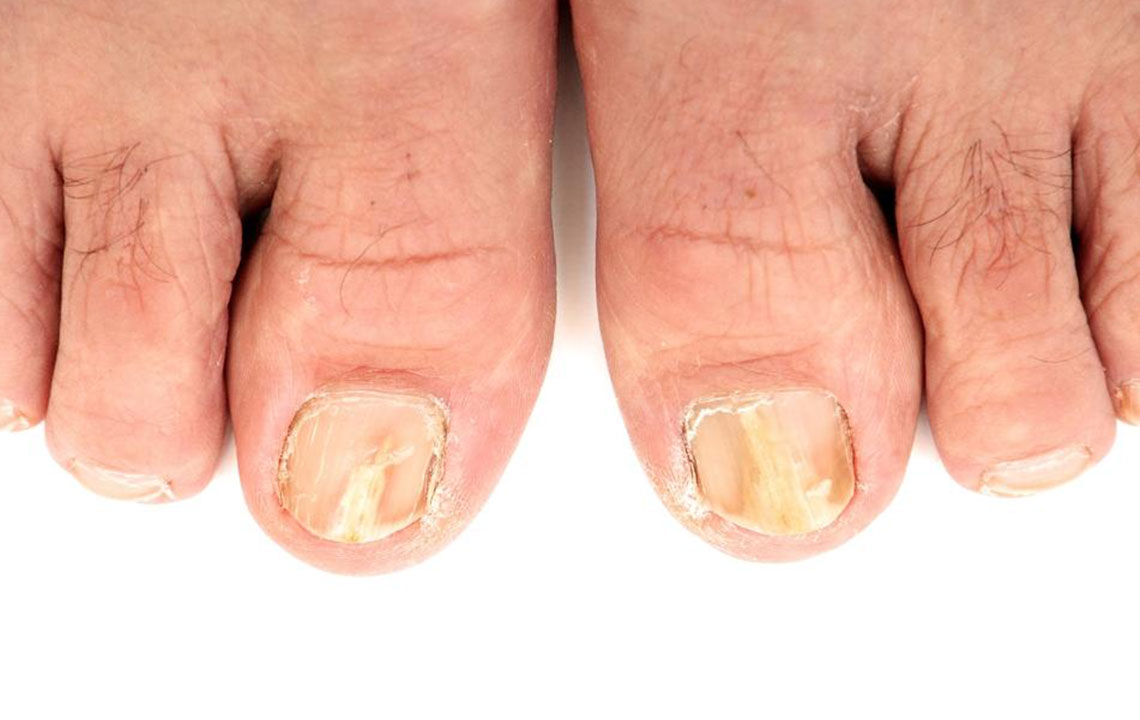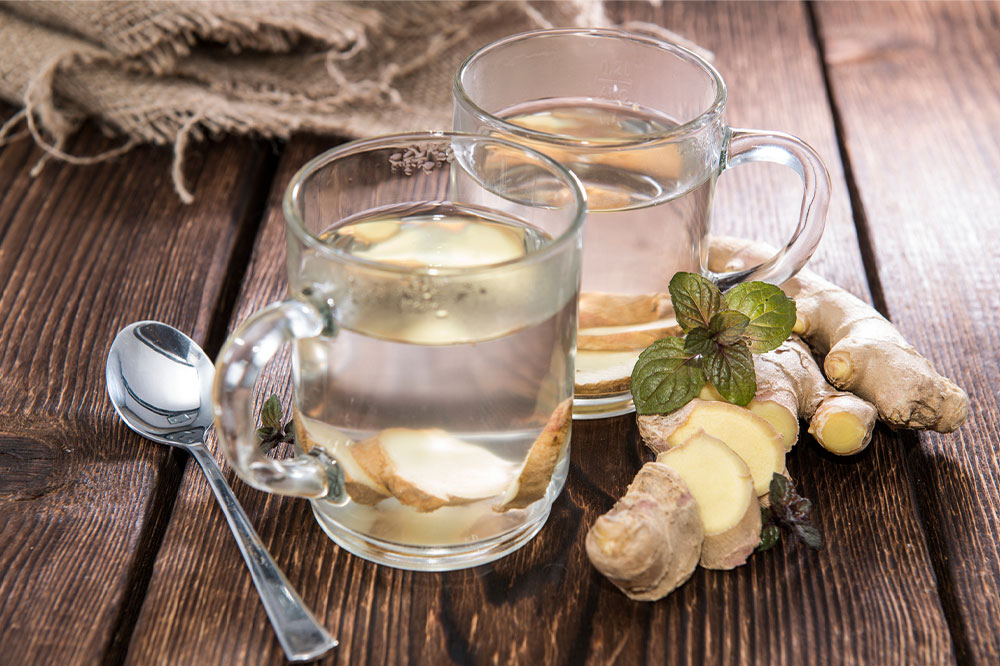Comprehensive Guide to Effective Strategies for Treating Toenail Fungal Infections
This comprehensive guide explores the most effective strategies for treating toenail fungal infections, including medical options, over-the-counter remedies, natural home treatments, and lifestyle tips. Timely intervention, professional advice, and consistent care are essential for restoring nail health and preventing recurrence. Learn how to combat toenail fungus effectively and enjoy healthier, stronger nails with expert-approved approaches tailored to different severity levels.

Comprehensive Guide to Effective Strategies for Treating Toenail Fungal Infections
Toenail fungal infections, medically known as onychomycosis, are a common yet often overlooked health concern that can significantly affect one's quality of life. These infections are characterized by the thickening, yellowing, and deformity of toenails, sometimes leading to discomfort or pain. Though mild discolorations are frequently ignored, early intervention is vital to prevent the progression of the infection, which can become stubborn and difficult to treat over time.
Understanding the importance of prompt and effective treatment can help prevent complications such as nail detachment, secondary bacterial infections, and persistent discomfort. While minor cases might resolve with over-the-counter remedies or home treatments, severe or persistent infections often require medical intervention. This comprehensive guide explores the most effective strategies for treating toenail fungal infections, providing a detailed overview of professional medical options, topical solutions, natural remedies, and lifestyle modifications to promote healthier nails.
Addressing toenail fungus requires an individualized approach. The choice of treatment depends on the severity of the infection, the patient's overall health, and specific risk factors. Consulting a healthcare professional is essential for accurate diagnosis and tailored treatment. Failing to treat a stubborn fungal infection can result in lasting nail damage, secondary infections, and increased risk for more pervasive health issues. Therefore, understanding the range of available treatment options empowers patients to make informed decisions and achieve optimal outcomes.
Below, we delve into five proven strategies to effectively combat toenail fungal infections, highlighting their benefits, considerations, and practical applications:
Consult a healthcare professional for targeted medication
The most effective intervention for toenail fungus often involves professional medical advice. Healthcare providers can accurately diagnose the infection and recommend appropriate antifungal treatments. Oral antifungal medications, such as terbinafine or itraconazole, are often prescribed for more stubborn cases, usually taking several weeks to months to clear the infection fully. These medications work systemically to eliminate the fungi affecting the nail bed and matrix.
Utilize over-the-counter antifungal therapies
For mild to moderate infections, over-the-counter antifungal products can be effective. These include creams, gels, sprays, and nail lacquers formulated with active ingredients like clotrimazole, miconazole, or amorolfine. Regular application, combined with proper foot hygiene, can suppress fungal growth and alleviate symptoms. It’s crucial to adhere to usage instructions and maintain patience, as topical treatments may take several months to show significant results.
Consider surgical or chemical removal of infected nails
In cases where the fungal infection is resistant or severely affects nail integrity, removal of the infected nail may be necessary. This can be achieved through surgical procedures or chemical nail destruction using medicated agents. Nail removal provides unimpeded access to the underlying tissue, allowing thorough cleaning, antifungal application, and preventing recurrence. Post-procedure care involves keeping the area clean and protecting it during healing.
Improve your diet for stronger, healthier nails
Nutrition plays a pivotal role in combating fungal infections. A diet rich in essential nutrients, including proteins, iron, calcium, vitamin D, and omega-3 fatty acids, supports nail strength and immune function. Incorporating probiotics can help balance the body's microbiome, reducing fungal overgrowth. Staying hydrated and avoiding nutritional deficiencies bolster the body's natural defenses against infections.
Leverage natural home remedies to aid recovery
Several natural and DIY remedies can complement medical treatments or serve as preventive measures. These include:
Tea Tree Oil: Renowned for its antifungal and antimicrobial properties, applying tea tree oil directly to affected nails twice daily may accelerate healing and reduce fungal load.
Cinnamon Oil: Soaking nails in warm water mixed with cinnamon oil can help diminish fungal presence and improve nail appearance over several weeks.
White Vinegar: An effective natural disinfectant, soaking nails in vinegar helps create an acidic environment hostile to fungi. Regular vinegar soaks can lead to gradual improvement but require patience.
Vapor Rubs: Mentholated ointments, such as Vicks VapoRub, have anecdotal support for helping with fungal infections. Regular application can deliver relief in mild cases.
Baking Soda: Known for its antifungal properties, a paste of baking soda applied to nails can help inhibit fungal growth and restore nail clarity.
Essential Oils like Eucalyptus and Oregano: Both possess antifungal qualities. When diluted properly, they can be applied to affected areas or added to foot baths for enhanced effect.
It is essential to note that natural remedies are supportive and should be used in conjunction with medical treatments or under professional supervision to ensure safety and effectiveness.
In summary, tactical combination of professional treatment, home remedies, and lifestyle adjustments offers the best strategy for defeating toenail fungi. Early diagnosis and consistent care are key to restoring nail health, preventing recurrence, and maintaining overall foot hygiene. While persistent infections may require prolonged treatments, patience and adherence to a comprehensive care plan can lead to successful resolution and healthier nails in the long run.





